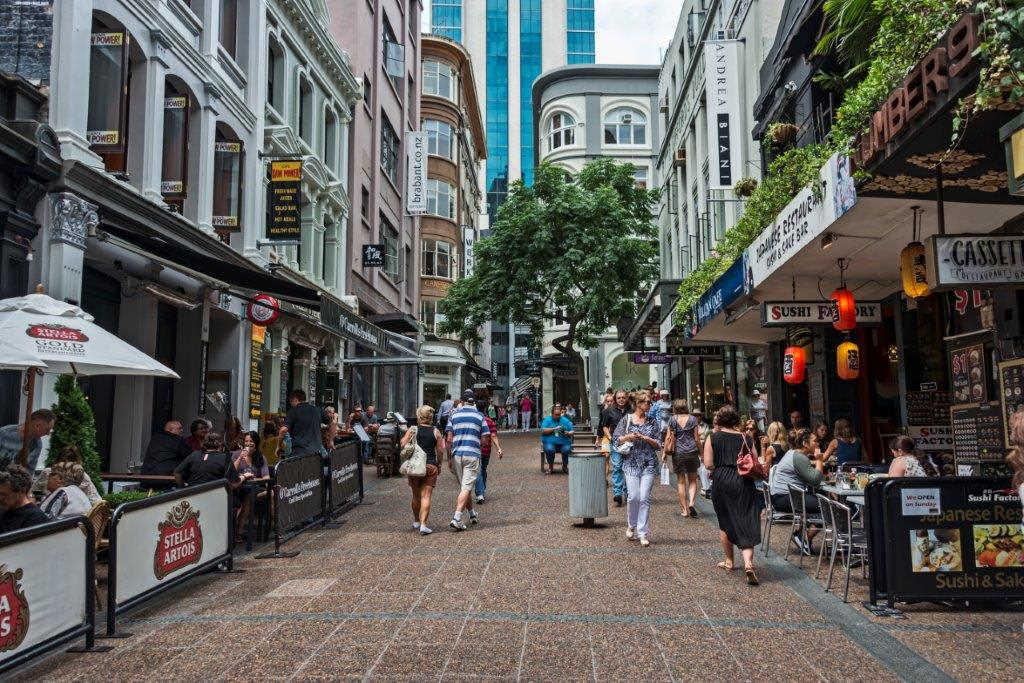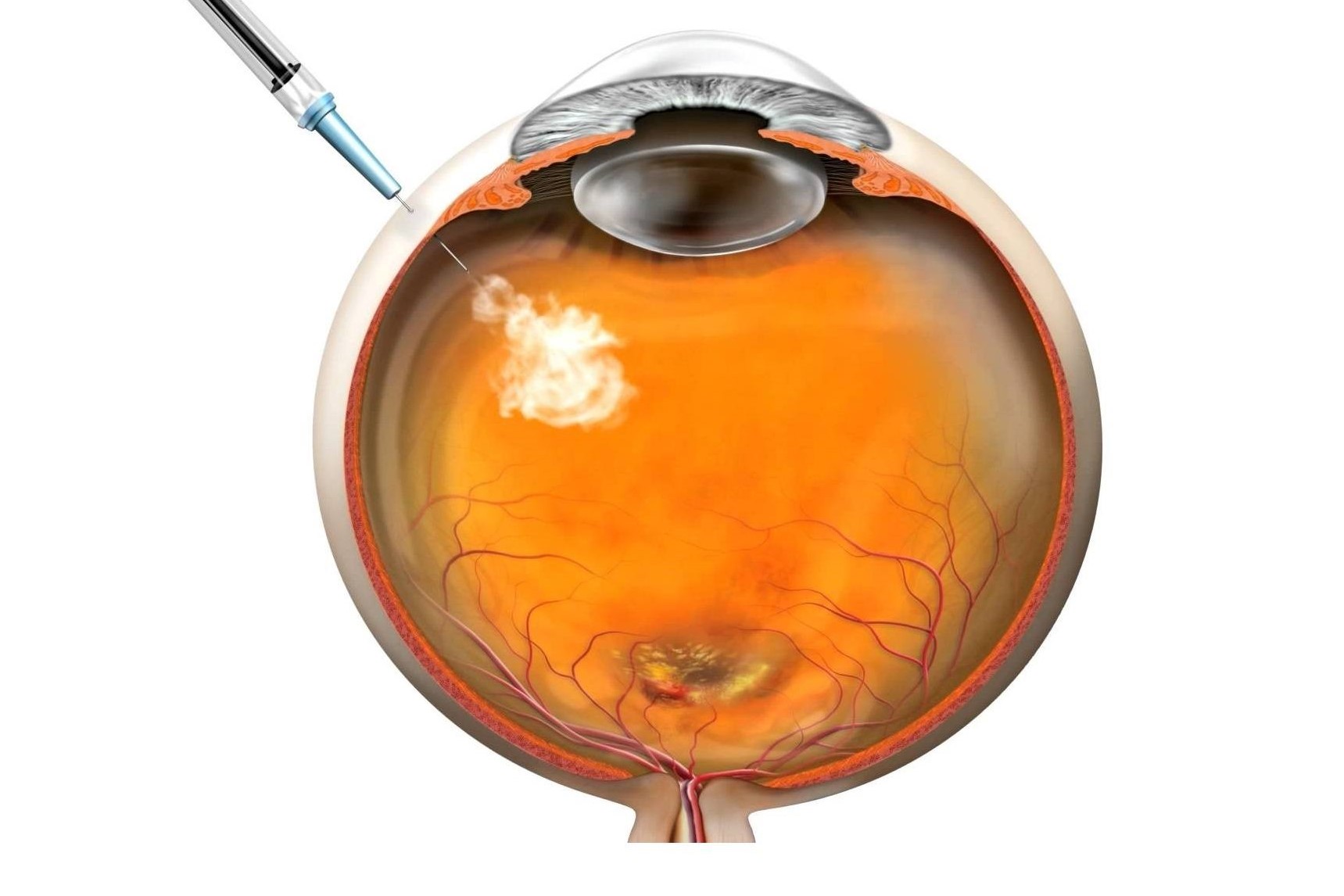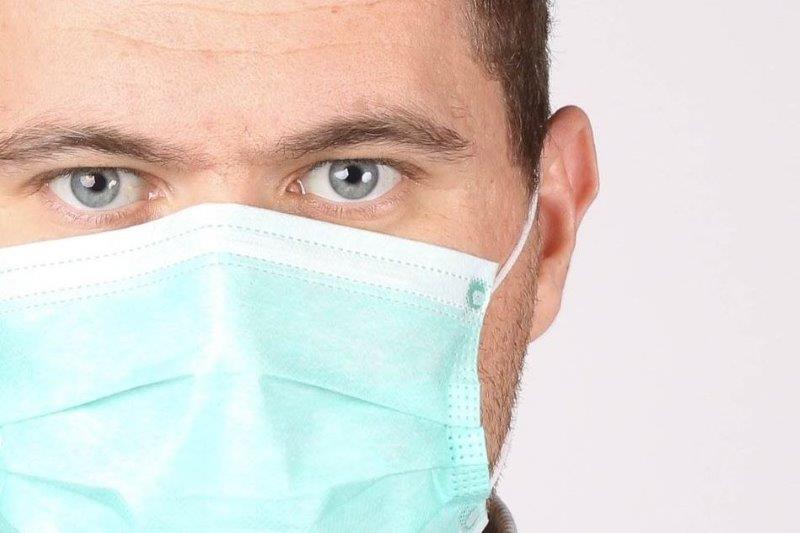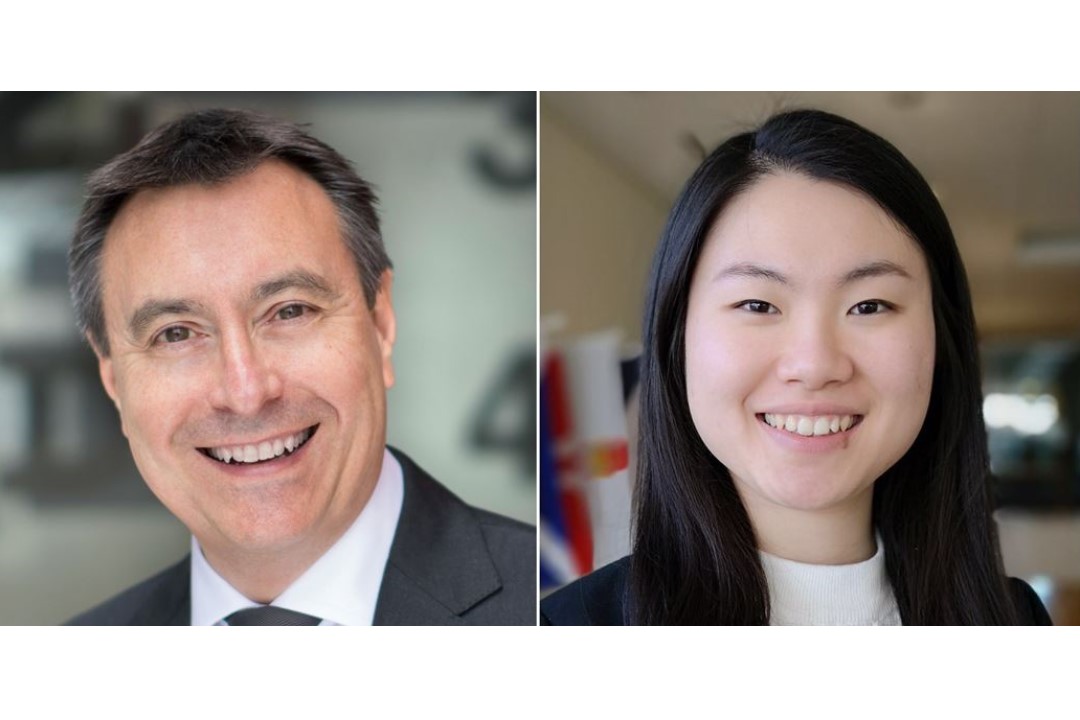The post-Covid high street
New Zealand has fared well globally in the fight against Covid-19, but it has not been without cost. It is only now the smoke is clearing enough to see how the pandemic has affected our main shopping thoroughfares and what impact that may have on optometry practices.
Thankfully, the big picture is looking much better than expected. With a fiscal stimulus package amounting to $62.1bn mixed with quantitative easing and a low interest rate, we’ve seen commentators roll back on their dire predictions. Indeed, figures from early June show retail spending is down just 2% on last year, with The Bank of New Zealand now predicting GDP will return to pre-Covid levels by mid-2022, rather than the fourth quarter of 2023 as previously suggested. However, a recent Euromonitor International report suggests globally, real economic growth will be at its lowest this year since 1961, so there’s no room to be complacent.
Complacency is one path Andrew Judd could not afford to take. The owner of New Plymouth-based Judd Opticians said they used their time in level 4 lockdown to evaluate their business model.

Andrew Judd
“The week prior to lockdown we were already starting to be impacted by Covid-19, mostly in a reduction of forward appointments and foot traffic,” Judd said. “Obviously, going into level 4 the impact was immediate. We used the time to evaluate and plan what post-lockdown could look like. Fundamentally what we do remains, but it’s how we now do it.”
Increased online power
Judd identified that for his business, one key area of deficit was online, and with the Euromonitor report suggesting e-commerce retailers are one of the four types of retail business that will fare best through this crisis, that doesn’t seem like a bad place to start.
“We researched all available business support and secured regional development funding towards upgrading our online activity. We also reached out to surrounding businesses to jointly promote on social media,” said Judd adding the joint online promotion had an immediate positive impact on his business.
Daniel Feldman, a founding member of The Visionaries Group in the US and owner of the Optical Journal podcast, said in a recent instalment of his show that if businesses aren’t advertising, he doesn’t know how they are staying afloat.
“You Tube have stopped optimising their videos to save on bandwidth, a recognition of the amount of time people are spending online,” he said. “The reach I am getting in Google ads is three to four times what I was getting in February. Everyone has stopped advertising, so I am not competing for eyeballs as I was before. The need for eyewear hasn’t gone away. Use social media to promote your business in a gentle way.”
New Zealand retail consultant Chris Wilkinson agreed for reaching consumers online sales and advertising activity is of greater importance right now.
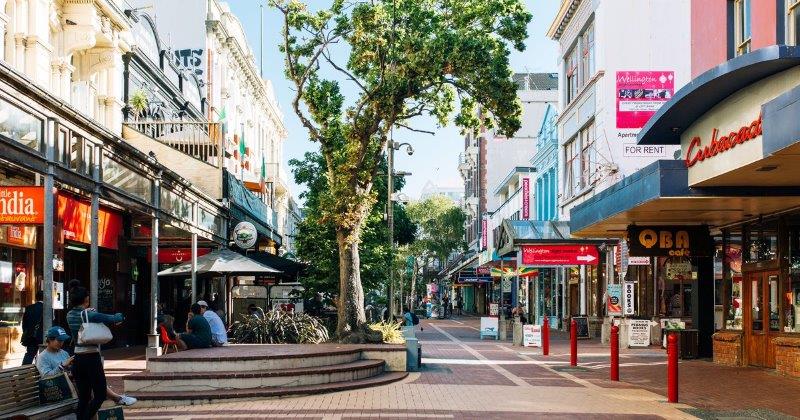
“There is likely to be less footfall as we come out of this as consumer behaviour changes with more 'purposeful' journeys, less browsing and, consequentially, fewer impulse sales opportunities. More transactions will likely start online as people browse ranges and availability but still, the majority will end in store. This means that businesses need to redouble efforts around their online profile and user experience.”
Doubling efforts in-store
User experience in-store is another essential area optometry businesses need to be working on as things ramp up, continued Wilkinson.
“Trust, welcome and recognition will be even more vital as we come out of the Covid environment. There is already trepidation from consumers about medical environments, so any situation which relies on one-on-one interactions needs extra reassurance and confidence.”
Lisa Donaldson of Retail X consultancy said business owners should plan out their physical stores in line with social distancing measures, but with user experience at the forefront of their mind.*
“Walk your store as a shopper would to assess how your current environment meets the recommended health requirements. What can you do to improve the flow of shoppers in your space?”
Donaldson recommended freeing up space where you can, especially in the ‘landing zone’ at the front of your practice, by removing displays. “You might have to adapt to trade with less product on the floor. To support this, you may need to reorganise storage space, replenish your product displays more frequently or present your product in new ways.
“Engage with shoppers through meaningful, well-thought-out displays and storytelling – not just loads of product on a stand.”
Solicitor Katrina Hammon, a franchise specialist and partner at Wynn Williams in Christchurch, said she believes that franchise opportunities may become more desirable in this new post-Covid climate, offering greater security to franchise holders.
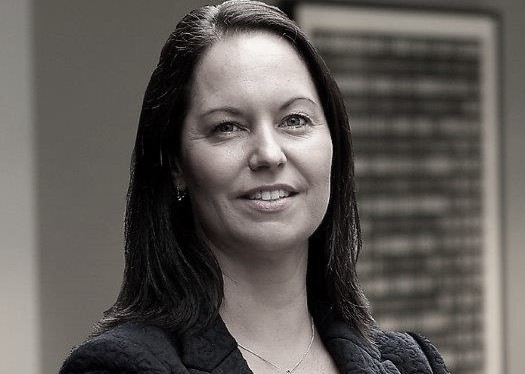
Katrina Hammon
“The larger, corporate-owned or franchised networks have been ramping up their digital marketing and pushing online sales. Larger competitors will also be leveraging relationships and special offers to gain more market share and exploit additional channels to market to these potential new patients.”
Hammon said it is a big decision, but if you are now considering a franchise opportunity, make sure you understand the fees and exit payments, and complete your own due diligence. Also look at what help the franchisor can offer with rent on premises, especially if you can’t trade.
Consider local marketing initiatives
For those flying solo, she also has good advice.
“[Smaller businesses should] look at local marketing opportunities… local papers or radio advertising… building partnerships and relationships with aged-care facilities, industry associations, business groups and even larger businesses may be an option. Given the diverse population in New Zealand, it is also sound advice to consider if you could better market to different ethnic groups. For example, have advertisements translated for The Indian News, Chinese Herald or Home Voice Chinese Newspaper. Your employees should take the time to understand cross-cultural communication and focus on the experience being welcoming for all.”
Andrew Judd said this post-Covid retail landscape actually presents some good opportunities for independent optometrists given their business model is based on long-standing patients and building trust.
“These changing times offer an exciting opportunity for private practice to re-establish the narrative of our profession. As a dispensing optician who qualified with the skills of edging and fitting, frame repairs and adjustments, I was called upon over level 4 and level 3 to use those skills to assist frontline workers. I mention this to remind our profession that we have many aspects to patient care. It is the practice that builds long-term trust and service that will remain and grow.”
*For more about practice design in this new post-Covid environment, visit: https://eyeonoptics.co.nz/articles/archive/what-lies-in-store-a-new-practice-design-reality/
Jai Breitnauer is a freelance journalist and regular contributor to NZ Optics.










